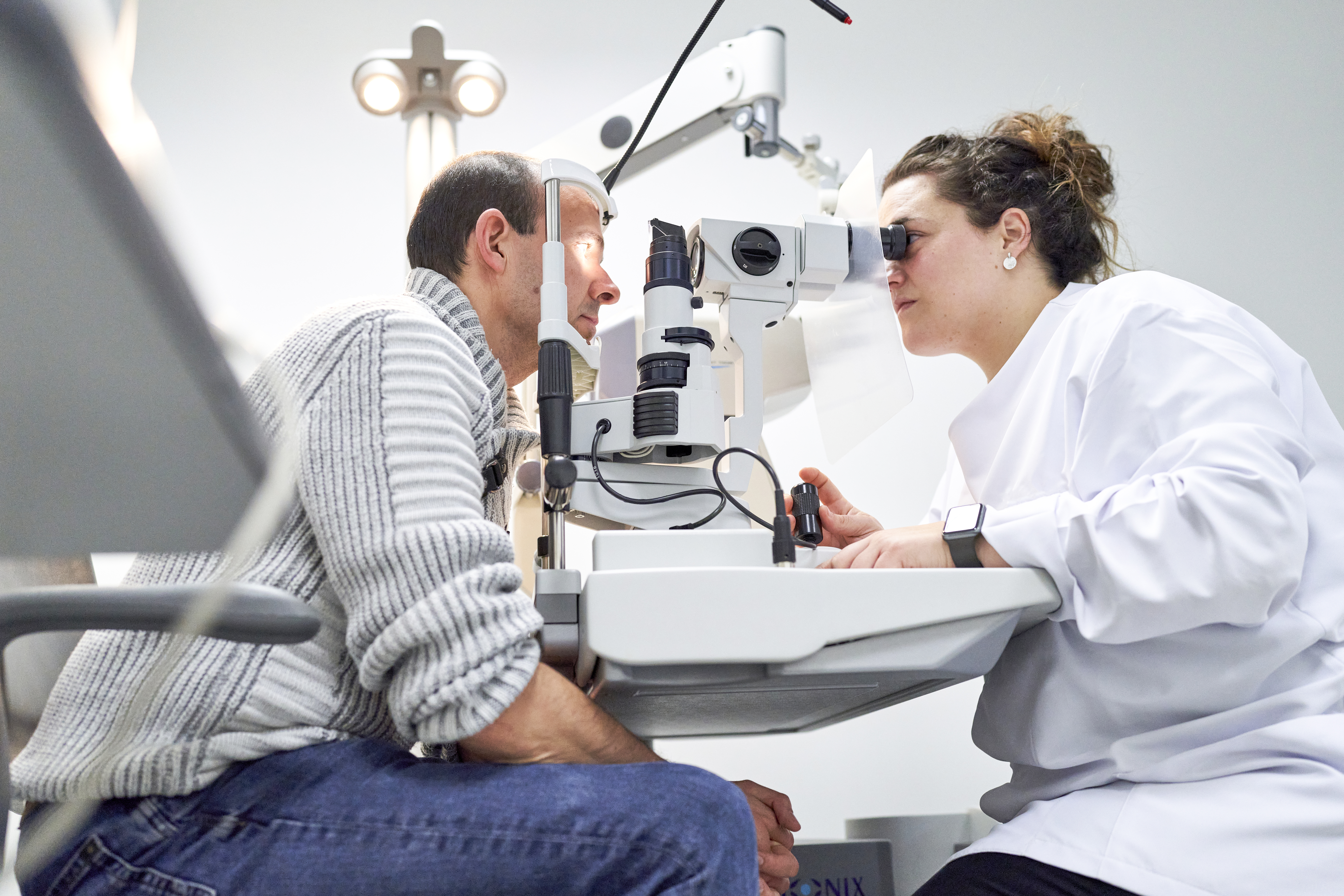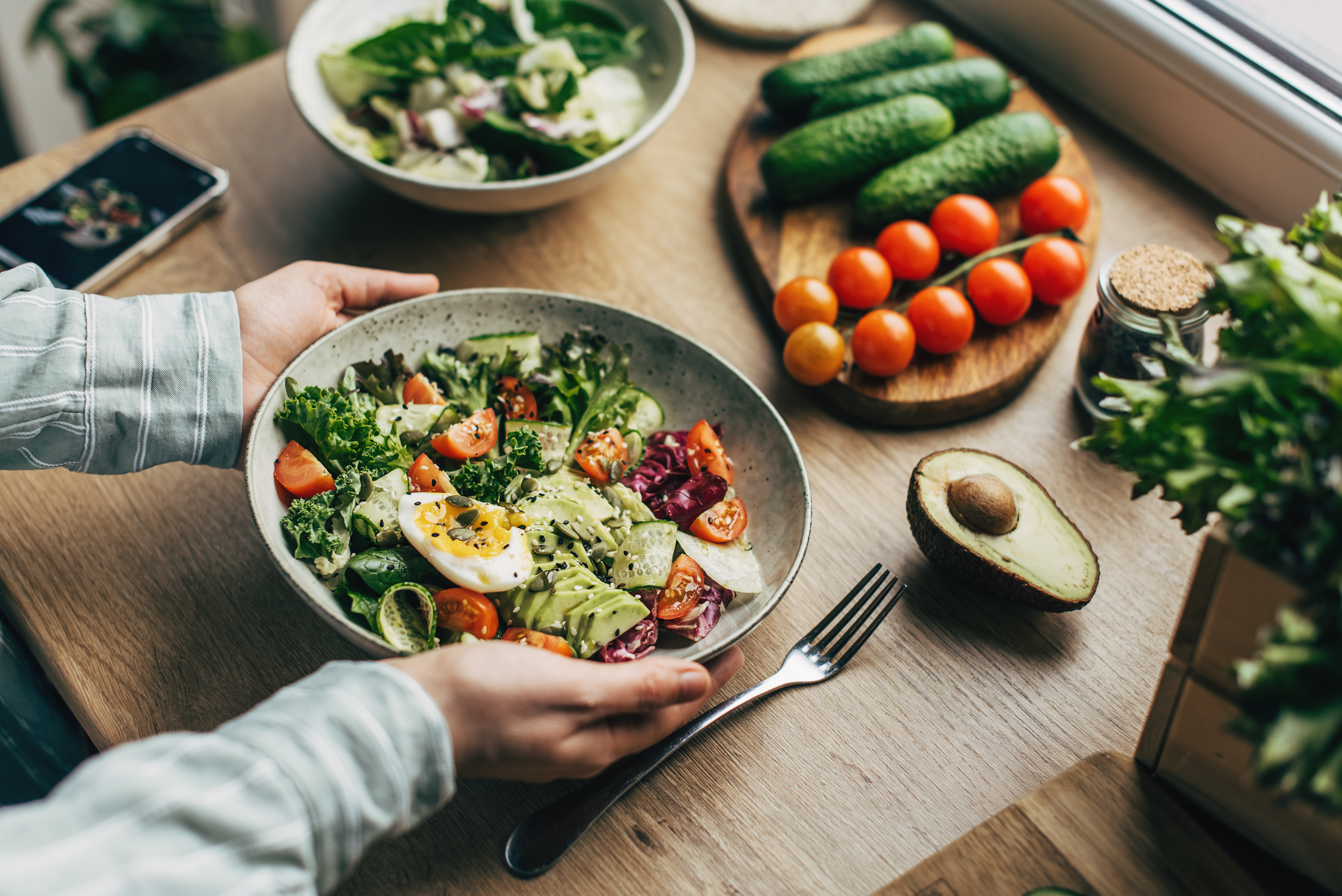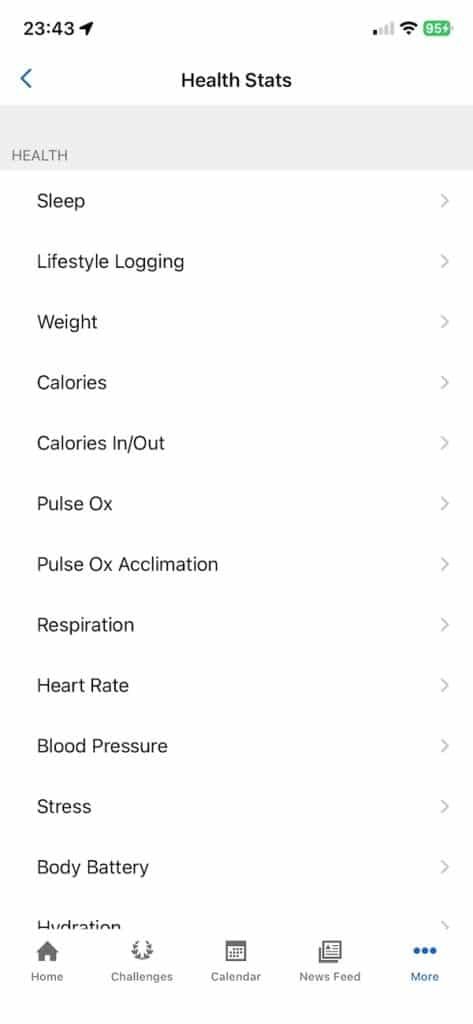Glaucoma, often called the ‘silent thief of sight,’ is a group of eye conditions that damage the optic nerve, which leads to vision loss and blindness if left untreated. As per Indian Journal of Opthalmology report about 12 million people in India have glaucoma. Every year, March 12th marks World Glaucoma Day, a global initiative aimed at raising awareness about this leading cause of preventable blindness. The aim of the project is to help eliminate blindness caused by this disease by raising awareness and alerting on the need of having regular eye check-ups in which the optic nerve is examined.
What is Glaucoma?
Glaucoma is the second leading cause of blindness in the world, according to the World Health Organization. According to Glaucoma Research Foundation, at the current time there are 80 million people worldwide with glaucoma. By the year 2040, it is estimated that there will be 22 million individuals worldwide who are blind from glaucoma. Glaucoma is often associated with increased eye pressure and other risk factors. Under the motto The world is bright, save your sight, the project mobilises several groups of people, including ophthalmologists, optometrists, healthcare workers, universities, medical centres, private practices and individual citizens, especially those suffering from the disease or their relatives, along with glaucoma societies and associations of patients affected by the disease. They also intend to mobilize the population on social networks through the hashtag #GlaucomaWeek.
“Your eye constantly makes aqueous humor. As new aqueous flows into your eye, the same amount should drain out. The fluid drains out through an area called the drainage angle. This process keeps pressure in the eye (called intraocular pressure or IOP) stable. But if the drainage angle is not working properly, fluid builds up. Pressure inside the eye rises, damaging the optic nerve. The optic nerve is made of more than a million tiny nerve fibers. It is like an electric cable made up of many small wires. As these nerve fibers die, you will develop blind spots in your vision. You may not notice these blind spots until most of your optic nerve fibers have died. If all of the fibers die, you will become blind,” explains Dr Manjusha Agarwal, Senior Consultant Internal Medicine, Gleneagles Hospital Parel Mumbai.

Early detention is key to preventing vision loss from glaucoma (Representational Image) (Getty Images)
What are the symptoms of Glaucoma?
• Eye pain or pressure.
• Headaches.
• Rainbow-colored halos around lights.
• Low vision, blurred vision, narrowed vision (tunnel vision) or blind spots.
• Nausea and vomiting.
• Red eyes.
• Whitening/haziness of the cornea.
• Patchy blind spots inside or central vision.
The role of nutrition in eye health
According to Dr Agarwal, a balanced diet that is rich in essential nutrients can help reduce oxidative stress and inflammation. “Both of them cause optic nerve damage,” she says.
Here are some of the nutrients you can include in your diet
Vitamin A:
It supports retinal function and overall eye health. Best source of Vitamin A are carrots, sweet potatos, and leafy greens.
Vitamin C:
It helps reduce intraocular pressure and supports collages production in the eye. Citrus fruits, bell peppers, and strawberries are best source of Vitamin C.
Vitamin E:
If you consume adequate amount of Vitamin E in your diet, it helps protect your eye cells from oxidative damage. Nuts, seeds, and spinach are a rich source of Vitamin E.

A balanced diet that is rich in essential nutrients can help reduce oxidative stress and inflammation (Representational Image) (Getty Images)
Omega-3 Fatty Acids:
Found in fatty fish like salmon, mackerel, sardines, flaxseeds, and walnuts, omega-3 help improve blood flow to the optic nerve and may lower intraocular pressure.
Lifestyle changes for eye health
While nutrition is important to maintain your eye health, regular check up and healthy lifestyle is equally important to support eye health and reduce the risk of glaucoma.
Regular eye check-ups
This is the first thing recommended by any expert. Early detention is key to preventing vision loss from glaucoma. Adults over 40, those with a family history, and individuals with diabetes should get regular eye exams.
Exercise and physical Activity
Regular and moderate exercise such as walking, yoga, or swimming can help lower intraocular pressure and improve circulation’ to the optic nerve. However, experts warn to be cautious while doing exercises that involve heavy lifting or straining, as they may increase pressure on eyes.

Regular and moderate exercise can help improve circulation in the optic nerve (Representational Image) (Getty Images)
Manage blood pressure and diabetes
High blood pressure and diabetes are the reason for many health issues, and one of them is eye health. Both increase the risk factors for glaucoma. Keeping them under control through diet, exercise, and medication can help reduce the risk of glaucoma.
Avoid smoking and excessive alcohol
Smoking is a primary cause of increase in oxidative stress and reduced blood flow to the optic nerve. Alcohol consumption on the other hand, can contribute to eye pressure fluctuations. Limit alcohol intake and quit smoking for healthy eyes.
Limit caffeine intake
Temporary increase in intraocular pressure is linked to high caffeine consumption. Moderate intake of coffee, tea, and other energy drinks can be helpful for overall energy consumption in the body.
Read More:








